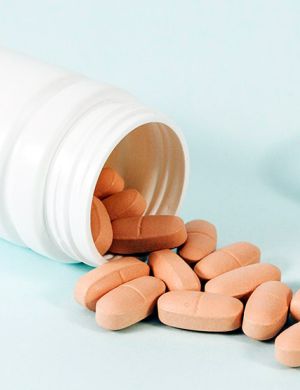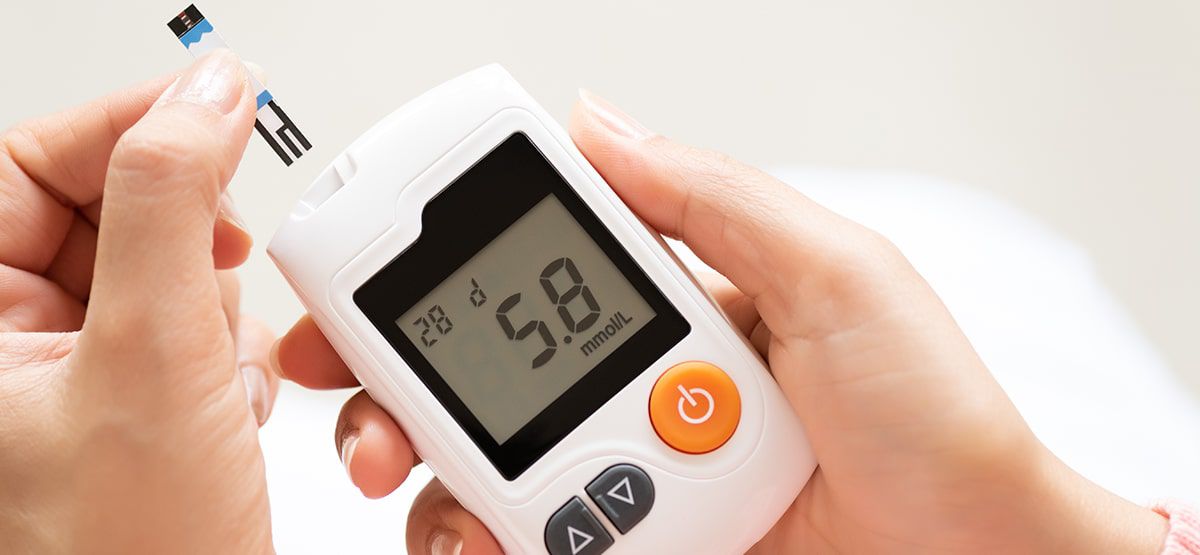
Medical Devices – USA, Europe, Asia and ROW Regulatory News – Sept 2024
USA
Air-Powered Dental Handpieces and Air Motors – Updated Performance Criteria
The FDA has issued guidance covering dental air-powered handpieces, air motors (product code EFB), and angle attachments (product code EGS). These Class I (reserved) devices, regulated under 21 CFR 872.4200, must be constructed from materials like stainless steel or titanium, operate at speeds up to 450,000 RPM, and be suitable for end-user sterilization. These devices are used in general dentistry for cutting, grinding, cavity preparation, crown and tooth preparation, and finishing of dental materials.
Guidance on Dental Cements – Safety and Performance-Based Pathway
Updated performance criteria allow manufacturers to use the FDA’s Safety and Performance Based Pathway for 510(k) submissions involving dental cements. Instead of direct comparison with predicate devices, manufacturers may rely on recognized standards with appropriate documentation. The FDA is implementing this guidance without prior public comment, citing reduced regulatory burden.
Guidance on Dental Impression Materials
The FDA provides performance criteria for Class II dental impression materials used in creating dental models and restorative prosthetics. Submitters may demonstrate substantial equivalence via standards-based criteria rather than predicate comparison. Devices are regulated under 21 CFR 872.3660 (product code ELW).
Clarification of Radiation Control Regulations for Diagnostic X-Ray Systems
This guidance explains how diagnostic x‑ray systems fall under both medical device and electronic product categories. It outlines applicable EPRC requirements in 21 CFR 1020.30–1020.33 and encourages alignment with international IEC standards. Manufacturers must review related regulatory updates affecting radiation‑emitting products.
Guidance on Decentralized Clinical Trials in Medical Product Development
New FDA recommendations support trial sponsors and investigators using decentralized elements such as telehealth, home visits, and data collection through local providers. Requirements apply equally to traditional and decentralized clinical trials. This guidance fulfills Section 3606(a) of the Consolidated Appropriations Act, 2023, and aligns with 2023 guidance on digital health technologies.
Appeal Options for Mammography Facilities
The FDA outlines appeal pathways for facilities challenging adverse accreditation decisions, certificate suspensions or revocations, and patient/referring provider notification orders. Appeals may be directed to accreditation bodies, the Director of DMQS, State Certification Agencies, or the Departmental Appeals Board, depending on the nature of the decision.
EUROPE
Transitional Provisions for Class D IVD Certifications under IVDR
The document details the steps for conformity assessments of Class D IVDs under Regulation (EU) 2017/746. Processes may involve expert panel reviews or EU Reference Laboratory (EURL) testing, with guidance applicable prior to and after activation of EURL functions on 1 October 2024, per Regulation 2023/2713.
Guidance on Valid Clinical Studies for Joint Clinical Assessments
The European Commission has clarified expectations for evaluating the certainty and validity of clinical evidence used in Joint Clinical Assessments (JCAs) under the HTA Regulation. The focus is on objective, transparent evaluation of relative effects without influencing pricing or reimbursement decisions.
AUSTRALIA
Updated Guidance for eCTD AU Module 1 – Version 3.2
The latest guidance outlines how sponsors should prepare eCTD dossiers and validate regulatory activities. Key timelines include:
- Version 3.2 effective: 1 February 2025
- Version 3.1 accepted until: 31 July 2025
- Versions 3.1 and 3.2 accepted during transition
Sponsors must obtain an e-Identifier via email and ensure consistent use across the product lifecycle.
<'h3 style="background:#e2e2e2;padding:12px;font-weight:bold;">BRAZIL
New Standard for Medical Device Safety Requirements
RDC 848/2024, effective 4 September 2024, replaces RDC 546/2021. It updates safety and performance requirements for medical devices and IVDs, incorporating global best practices and IMDRF alignment. High‑risk devices (Classes III–IV) require clinical evidence to support safety and performance.
Consolidation of Standards for Medical Devices: Mercury Device Ban Maintained
Anvisa has republished RDC 922/2024, maintaining Brazil’s prohibition on mercury-based thermometers and sphygmomanometers. The update forms part of ongoing regulatory consolidation, without altering previous prohibitions.
INDIA
Uniform Code for Marketing Practices for Medical Devices (UCMPMD) 2024
India’s Department of Pharmaceuticals has introduced the UCMPMD to enhance transparency in medtech marketing. Companies must disclose sample distribution and CME‑related expenses through the UCMPMD portal. Restrictions apply to promotions, gifts, sponsored travel, and foreign events. Procedures for complaints, penalties, and appeals are also established.
MALAYSIA
Discontinuation of Bank Draft Payments
Malaysia’s Medical Device Authority will stop accepting bank drafts from 1 October. All payments must be made online via Medcast 2.0+ and BayarNow as part of the Ministry of Health’s digital transition.
SLOVAKIA
Guidance for Submissions Under MDR and IVDR Transitional Periods
To manage rising submission volumes, Slovak authorities advise:
- Not submitting Class I/IVD Class A notifications unless required for categorization.
- Avoiding submissions solely relating to transition period extensions.
- Submitting compliance documents only upon request.
Non‑compliant devices may be removed from the Slovak market.
SWITZERLAND
Mandatory Validation in swissdamed by 13 November 2024
All operators registered with Swiss medic must validate their data migrated to swissdamed. The process includes verifying company details and actor information to support implementation of the Devices module and maintain market transparency.
Review of Legacy Devices Under Expiring Certificates
Swiss medic advises that certificates issued under previous legislation will expire on 26 September 2024. Devices may continue to be marketed until 2027 or 2028 if all regulatory conditions are met. The notice clarifies obligations for authorized representatives and importers.
THAILAND
Updated Measures for COVID‑19 Test Kit Oversight
Thailand’s FDA has adjusted regulatory controls to accelerate approvals while maintaining safety standards. Manufacturers may now submit detailed technical information without requiring separate technology assessments. The changes align with international risk management standards.
UK
Updated MHRA Guidance on Clinical Investigations
Manufacturers seeking UKCA, CE, or CE UKNI marking may require a clinical investigation and must notify MHRA at least 60 days prior. Detailed submission instructions are available in updated MHRA guidelines.
MHRA Opens AI Airlock Regulatory Sandbox Applications
MHRA is accepting applicants for its AI Airlock pilot aimed at supporting safe, efficient development of AI medical devices. Participants receive customized testing plans and regulatory guidance. Applications close 7 October and are open to diverse healthcare innovators.
Don’t miss out! Click here to stay in touch.
Categories
- Biopharma (58)
- Consumer Health (21)
- Cosmetics (11)
- Diagnostics (5)
- Digital Health (8)
- Food (2)
- Medical Device (112)
- OTC (5)
- Regulatory Intelligence (13)
- Standards (41)
Recent Blogs
Get the latest updates from Vistaar

Related Posts
CONNECT WITH US

Let's talk about how Vistaar can help you




